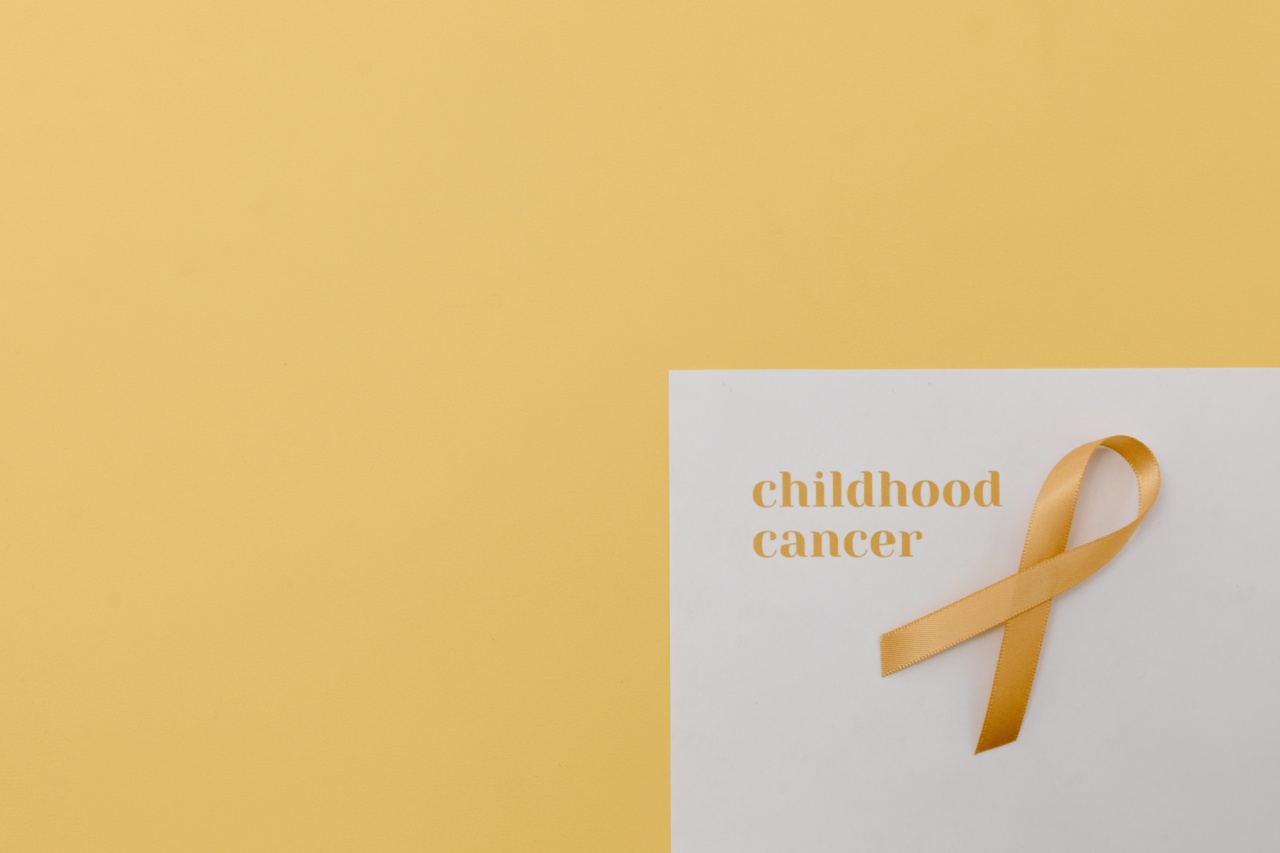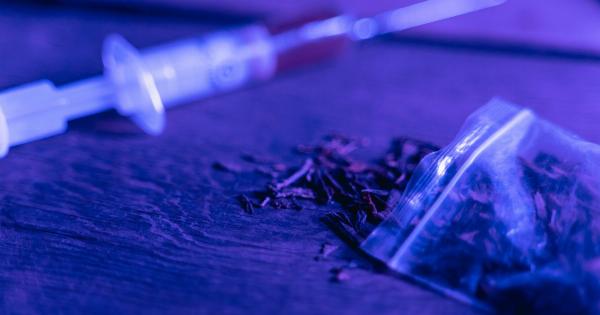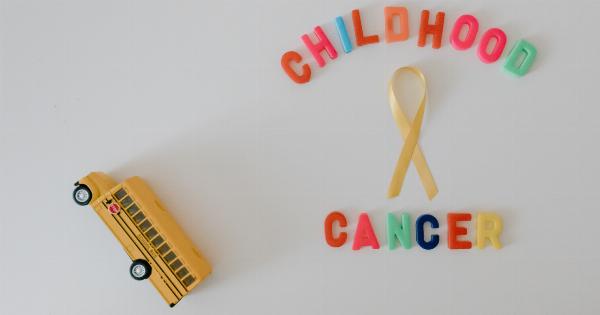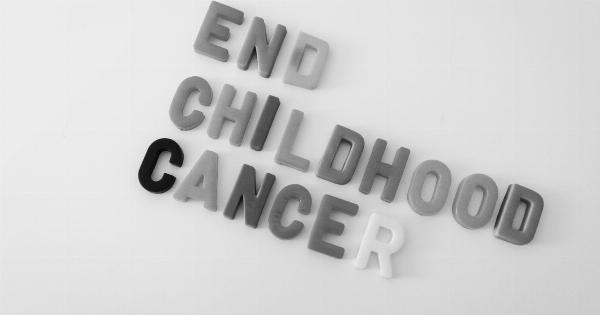Acute lymphoblastic leukemia (ALL) in children is a prevalent form of childhood cancer that affects the bone marrow and blood cells. It is the most common type of cancer in children, accounting for nearly one-third of pediatric cancer cases.
ALL is characterized by the rapid production of immature lymphoblasts, which impairs the production of healthy blood cells. This article aims to explore the causes, symptoms, diagnosis, treatment, and prevention strategies for acute lymphoblastic leukemia in children.
Causes of Acute Lymphoblastic Leukemia
Though the exact cause of ALL in children is still unknown, several factors have been found to increase the risk of developing this form of leukemia. These risk factors include:.
- Genetic predisposition
- Exposure to high levels of radiation or certain chemicals
- Being infected with certain viruses, such as Human T-lymphotropic virus (HTLV-1)
- Previous treatment with chemotherapy or radiation therapy for other cancers
However, it’s essential to note that most children with these risk factors do not develop ALL, and many children diagnosed with ALL have no known risk factors.
Symptoms of Acute Lymphoblastic Leukemia
The symptoms of ALL in children can vary from mild to severe and may include:.
- Excessive fatigue and weakness
- Recurrent infections and fever
- Easy bruising or bleeding
- Pale skin and shortness of breath
- Joint or bone pain
- Enlarged lymph nodes, liver, or spleen
- Weight loss and loss of appetite
Diagnosis of Acute Lymphoblastic Leukemia
Diagnosing ALL in children typically involves a series of tests, including:.
- Physical examination and medical history review
- Blood tests to check for abnormal cell counts and evaluate organ function
- Bone marrow aspiration and biopsy to examine the cells present in the bone marrow
- Lumbar puncture to check for the presence of leukemic cells in the cerebrospinal fluid
- Genetic testing to identify specific abnormalities in the chromosomes or genes
Treatment of Acute Lymphoblastic Leukemia
The treatment approach for ALL in children involves several stages and may include:.
- Induction therapy: Initiation of chemotherapy to achieve remission
- Consolidation therapy: Intensified chemotherapy to kill any remaining leukemia cells
- Central nervous system prophylaxis: Administration of chemotherapy into the cerebrospinal fluid to prevent the spread of leukemia to the brain and spinal cord
- Maintenance therapy: Long-term chemotherapy to prevent recurrence
- Stem cell transplant: Reserved for high-risk or relapsed cases
Prevention of Acute Lymphoblastic Leukemia
As the exact cause of ALL is still unknown, there are no foolproof prevention methods. However, some strategies that may reduce the risk include:.
- Avoiding exposure to high levels of radiation and harmful chemicals
- Promoting a healthy lifestyle with a balanced diet and regular physical activity
- Ensuring adequate prenatal care to minimize the risk of genetic abnormalities
- Discussing potential risks and benefits of prior cancer treatment with a healthcare provider
Support for Children with Acute Lymphoblastic Leukemia
Children diagnosed with ALL and their families require comprehensive support throughout their journey. Medical teams often collaborate with social workers, psychologists, and support groups to ensure emotional, psychological, and practical assistance.
It is crucial to provide a nurturing environment for these children that enables them to cope with treatment, manage potential side effects, and resume a normal life.
Conclusion
Acute lymphoblastic leukemia is a common childhood cancer that requires prompt diagnosis and multi-modal treatment.
While the causes of ALL remain unclear, advancements in medical research and treatment options have significantly improved survival rates. Early detection of symptoms and timely intervention play a crucial role in increasing the chances of successful outcomes for children battling acute lymphoblastic leukemia.

























